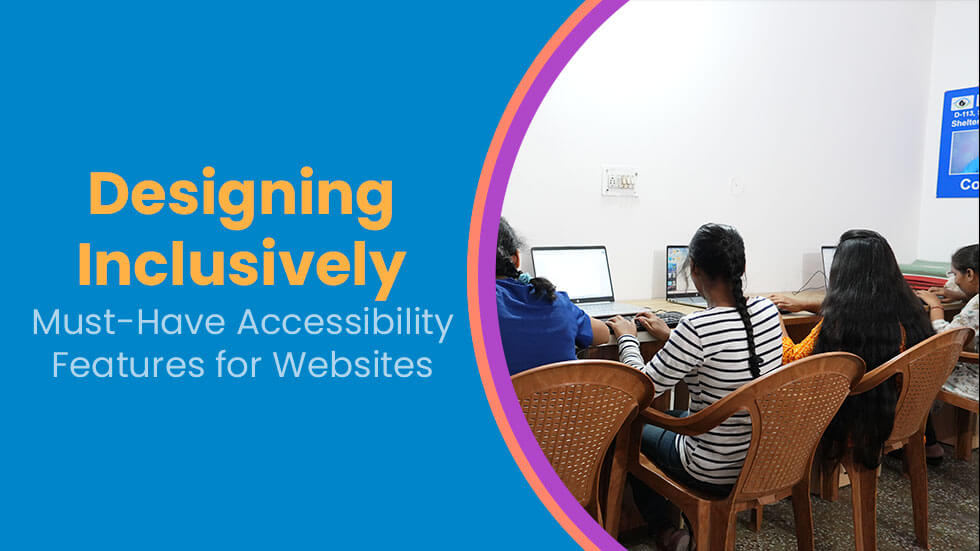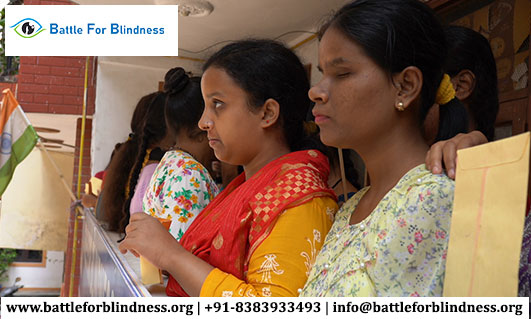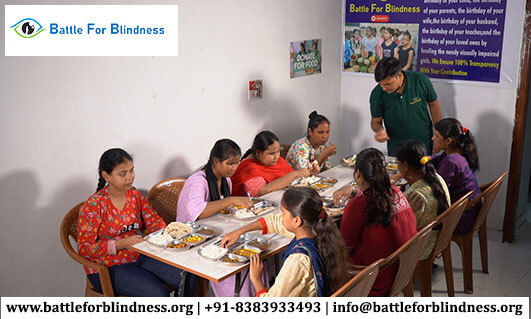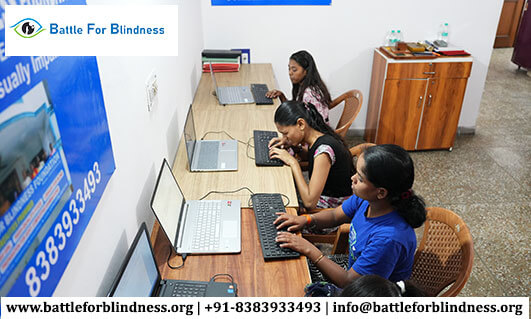
In today’s digital era, inclusivity is key to providing equal opportunities for all users. As businesses and organizations aim to create more accessible experiences, it’s essential to consider the needs of the visually impaired. One of the most powerful ways to achieve this is through website accessibility. Designing inclusively is not just a trend; it’s a necessity. By incorporating specific accessibility features, web developers can create websites that are usable by everyone, including those with visual impairments. In this blog, we’ll explore the must-have accessibility features for websites to ensure a seamless experience for all users.
Why Accessibility Matters for the Visually Impaired For individuals who are visually impaired, navigating a website can be a daunting task without the right support. Over 2.2 billion people worldwide experience some form of vision impairment, making accessible design crucial. Websites that lack accessibility features alienate a large portion of the population, limiting their access to essential services, products, and information.
According to the World Health Organization (WHO), over 39 million people are blind, and an additional 246 million have low vision. These statistics emphasize the need for web designers to prioritize accessibility, ensuring their sites are user-friendly for those who rely on assistive technologies such as screen readers or braille displays.
1. Alt Text for Images Alt text (alternative text) is one of the most important accessibility features for visually impaired users. Alt text provides a description of an image, which is read aloud by screen readers. This allows users to understand the content of images, diagrams, or charts without visually seeing them.
- Best Practice: Ensure every image on your website has a relevant and concise alt text description. If the image is purely decorative, use an empty alt attribute (alt=””) to prevent screen readers from reading unnecessary details.
2. Keyboard Navigation Many visually impaired users rely on keyboards rather than a mouse to navigate websites. It’s essential to make sure your website is fully navigable using keyboard shortcuts. This includes the ability to move between links, buttons, and other interactive elements using only the keyboard.
- Best Practice: Ensure all interactive elements such as forms, buttons, and navigation menus are accessible using tab navigation and other keyboard shortcuts.
3. High Contrast Color Schemes For users with low vision, poor contrast can make reading text or viewing elements on a website difficult. Websites should incorporate high contrast color schemes to make content more legible. Dark text on a light background or vice versa helps users with visual impairments distinguish between different sections of the page.
- Best Practice: Use a contrast ratio of at least 4.5:1 between text and its background. Tools like the WebAIM Contrast Checker can help ensure your design meets accessibility standards.
4. Text-to-Speech and Screen Reader Compatibility Screen readers play a vital role in helping visually impaired users access website content. These tools read out text aloud, allowing users to understand the content of the page. Ensuring your website is compatible with screen readers is essential for a seamless experience.
- Best Practice: Use proper HTML semantics (headings, lists, forms, etc.) to structure your content in a way that is easily read by screen readers. Avoid using images or visual cues that are not accompanied by text-based alternatives.
5. Descriptive Links When creating links, make sure they are descriptive and provide context for users relying on screen readers. Avoid vague link text like “click here” or “read more.” Instead, use link text that describes the action or destination.
- Best Practice: Use descriptive, contextual link text, such as “Read our full accessibility policy” or “Visit our services page for more details.”
6. Accessible Forms Forms are crucial components of many websites, but they can be difficult for visually impaired users to complete if not designed with accessibility in mind. Labels and instructions need to be clear and correctly associated with form fields.
- Best Practice: Ensure all form fields have corresponding labels and that these labels are properly linked to the form elements. Provide clear error messages and guidance for completing forms.
7. Video Accessibility Features Videos can be a barrier for visually impaired users unless proper accessibility features are included. Incorporating captions, audio descriptions, and transcriptions can make video content accessible to a wider audience.
- Best Practice: Add captions to all videos and provide audio descriptions that explain visual elements. Offer transcripts of video content for users who prefer reading over listening.
8. Responsive Design Responsive design ensures that your website is accessible across different devices and screen sizes. A website that is not mobile-friendly can be frustrating for visually impaired users who may rely on smartphones or tablets with accessibility features like magnification.
- Best Practice: Implement a responsive design that adapts to various screen sizes, making it easier for visually impaired users to navigate the site across devices.
9. Error Identification and Suggestions Providing clear, user-friendly error messages is important for all users, but especially for those with visual impairments. Screen readers should announce errors in forms, such as missing fields or incorrect inputs.
- Best Practice: When an error occurs, clearly identify the field with the issue and provide suggestions for correction. Use ARIA (Accessible Rich Internet Applications) live regions to dynamically announce these errors.
10. Regular Accessibility Audits Accessibility isn’t a one-time fix; it’s an ongoing process. Regular accessibility audits help ensure your website remains usable for visually impaired users as it evolves. Tools like Google Lighthouse and WAVE can help you identify and fix accessibility issues.
- Best Practice: Perform regular accessibility audits to ensure your website stays up to date with the latest accessibility standards and guidelines.
Conclusion Designing inclusively is about more than just compliance with accessibility standards; it’s about creating a user-friendly experience for all individuals, regardless of their abilities. By implementing these must-have accessibility features, web developers can make their websites more inclusive for the visually impaired, helping to break down barriers and ensure equal access to information and services.
Remember, accessibility is not just a technical requirement; it’s a moral imperative that ensures no one is left behind in the digital world. Start designing inclusively today and make your website a place where everyone belongs.





